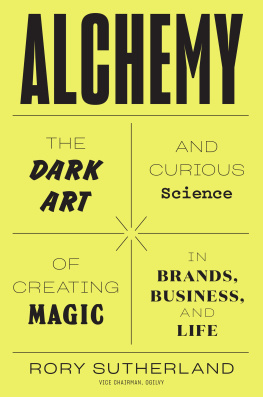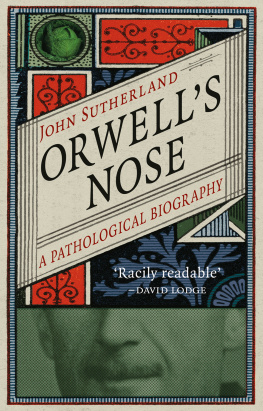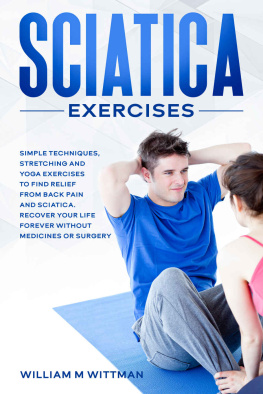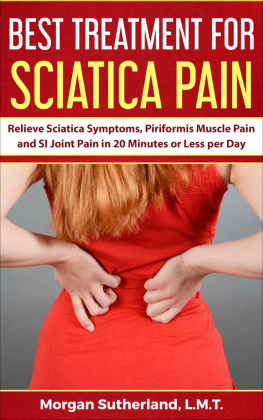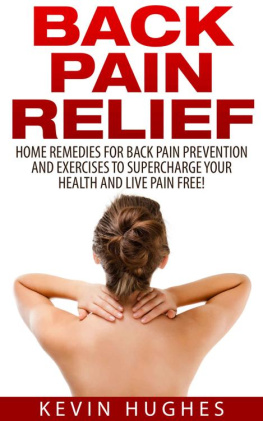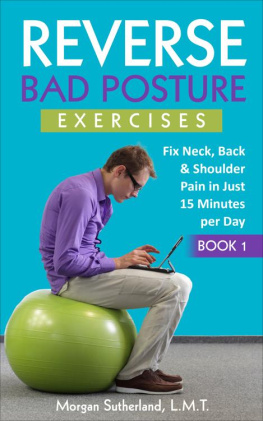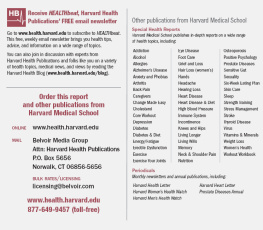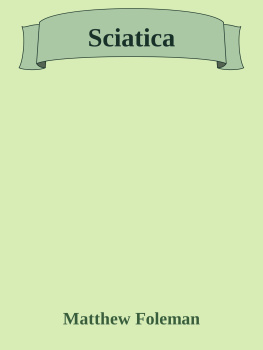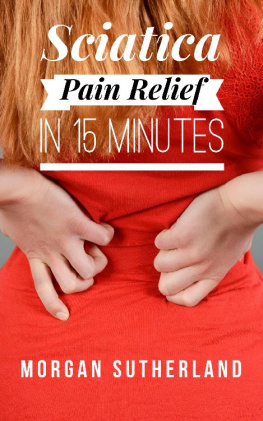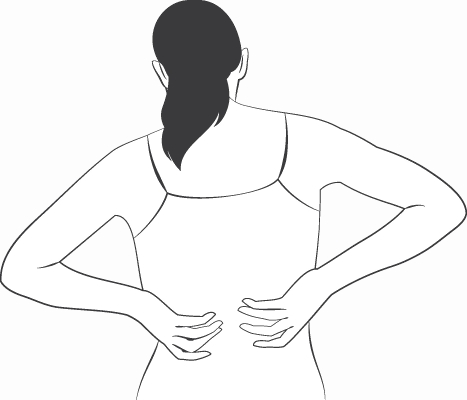Reverse Pain in
Hips and Knees
Super-Effective Back,
Hip, and Knee Stretches and
Strengthening Exercises
Reverse Your Pain Series
Book 2
Morgan Sutherland, L.M.T.
Reverse Pain in Hips and Knees
Super-Effective Back, Hip, and Knee Stretches and Strengthening Exercises
Reverse Your Pain Series Book 2
Copyright 2019 Morgan Sutherland, L.M.T.
All rights reserved.
No part of this book may be reproduced in any form without permission in writing from the author. Reviewers may quote brief passages in reviews. The information contained in this book is current at the time of this writing. Although all attempts have been made to verify the information provided in this publication, neither the author nor the publisher assume any responsibility for errors, omissions, or contrary interpretations of the subject matter herein.
This book is for educational purposes only. The views expressed are those of the author alone and should not be taken as expert instruction or commands. The reader is responsible for his or her own actions.
At times, links might be used to illustrate a point, technique, or best practice. These will reference products I have found useful, but please do your own research, make appropriate comparisons, and form your own decisions as to which products will work best for you. Links to products are used to illustrate points, because they are the examples with which I am most familiar.
Illustrations: Copyright Morgan Sutherland
Cover image: 123RF
Contents
Medical Disclaimer
The information provided in this book is not intended to be a substitute for professional medical advice, diagnosis, or treatment. Never disregard or delay seeking professional medical advice, because of something you read in this book. Never rely on information in this book in place of seeking professional medical advice.
Morgan Sutherland is not responsible or liable for any advice, course of treatment, diagnosis, other information, services, and/or products that you obtain in this book. You are encouraged to consult with your doctor or healthcare provider with regard to the information contained in this book. After reading this book, you are encouraged to review the information carefully with your professional healthcare provider.
Personal Disclaimer
I am not a doctor. The information I provide is based on my personal experiences and research as a licensed massage therapist. Any recommendations I make about posture, exercise, stretching, and massage should be discussed between you and your professional healthcare provider to prevent any risk to your health.
Got Back Pain? Now What?
Chronic pain, affecting approximately 100 million people each year, is classified as pain persisting for 12 weeks or more. Low back pain is the most common kind of chronic pain complaint. When the bodys pain signals keep firing in the nervous system for this length of time, it can have a draining effect on a persons quality of lifephysically, mentally, and spiritually.
In the United States, 8 out of 10 people will experience low back pain at some time in their lives. Low back pain is the second most frequent reason for doctor visits, next to the common cold, and it is the leading cause of job-related disabilities.
When sudden and acute back pain strikes, it can cause intense shooting or stabbing pain that dramatically limits movement. This is often to the point that standing upright can feel like a Sisyphean taskrepeatedly rolling the same rock up the hill without any relief. This pain can last anywhere from a few days to weeks.
Subacute back pain, pain lasting 4 to 12 weeks, is generally the result of a strained or pulled musclethats when the muscle or tendon is ripped or torn, from overstretching it, or by pulling the muscle in one direction while it is contracting in the other direction. Muscle strains are typically caused from a fall, careless lifting technique, poor posture, or a sudden movement.
When the muscles are strained or torn, the area around the muscles become inflamed. This inflammation leads to back spasms, and it is the back spasms that can cause both acute low back pain and difficulty moving.
Finding a quick fix for your back pain can be a slippery slope, due to all the back pain myths and misconceptions.
One truth that is certain is that regular exercise prevents back pain. And doctors might recommend exercise for people who have recently hurt their lower backs. The doctors will usually suggest that the person start with gentle movements and gradually build up the intensity. Once the immediate pain goes away, an exercise plan can help keep it from coming back.
The National Institute of Neurological Disorders and Stroke (NINDS) says on its website that, Exercise may be the most effective way to speed recovery from low back pain and help strengthen back and abdominal muscles.... Maintaining and building muscle strength is particularly important for persons with skeletal irregularities.
According to health researcher Chris Maher at the University of Sydney in Australia, after analyzing 21 global studies (involving more than 30,000 participants) on how to treat and prevent lower back pain, those who use a combination of exercise and back pain education reduced the risk of repeated low back pain in the year following an episode between 25 and 40 percent. It didnt really matter what kind of exercisecore strengthening, aerobic exercise, or flexibility and stretching.
What we do understand about the back is that the more you use it, the more likely you are to keep it strong, fit and healthy, says Maher.
See https://www.npr.org/sections/health-shots/2016/01/11/462366361/forget-the-gizmos-exercise-works-best-for-lower-back-pain
Before we get into the specific back pain exercise routine that helped fix my back pain problem, lets look at the four most common causes of back pain.
Four Most Common Causes of Back Pain
Neglected postures, such as rounding your low back while sitting for extended periods of time in front of the computer, standing for hours stooped over, sleeping improperly, and lifting poorly, can all lead to chronic back pain.
Maintaining the natural lumbar curve in your low back is essential to preventing posture-related back pain. This natural curve works as a shock absorber, helping to distribute weight along the length of your spine.
Here are the four most common causes of back pain.
#1 Postural Neglect
- Rounding your low back while sitting for extended hours in front of the computer
- Poor lifting techniques
- Prolonged forward bending while working
- Standing or lying for long periods of time in a poor position
#2 Sitting
- Slouching while sitting at a restaurant, caf, or movie theater
- Sedentary office jobs that require endless hours of sitting can overstretch the back muscles, distorting the vertebrae, potentially causing bulging or herniated discs
#3 Standing (or Poor Lying Posture)
- Standing (or lying) for long periods of time, lordosis (inward curve of the spine) can become excessive and pain results
- Working in stooped positions when doing yard work or household chores, such as raking, shoveling, or vacuuming
#4 Lifting
- Lifting objects with a rounded back can put unwanted pressure on the vertebral discs. Keeping the body upright, avoiding back flexion, and maintaining a natural lordotic curve is a better option when lifting




